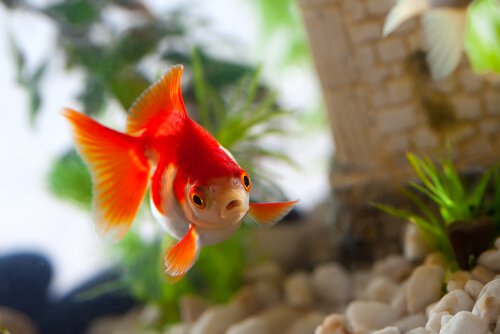
As I said earlier it brought up many ethical concerns for the child itself. Watson and Rayner did not have one specific objective, they simply relied on Albert’s responses to the stimuli he was presented to. First, the experiment was not very structured and just kind of came along as they went. This experiment was very important in the development of physchology but it has been criticised for ethical reasoning. Although, this generalization wasn’t simply towards things with hair. Examples would be a rabbit, a dog, and a Santa Claus Mask. He showed fear to many different furry objects. Later on Little Albert generalized all other creatures to be just like the rat. The noise was also conditioned in this exact same way. The rat was transformed from a neutral stimulus to a conditioned stimulus. It seemed that Albert associated the loud sound with the white rat. When he saw the rat he was very fearful, crying and crawling away. After multiple animal interactions Albert was shown only the white rat. Then Watson made a loud sound behind the baby’s back each time Albert touched the rat. Albert was given a white rat to play with. Albert wasn’t afraid of any of these animals at the beginning.Īlbert was then placed in the middle of the room. Watson used similar procedures as Watson with his dog experiments.īefore this experiment Albert was shown many different stuffed animals to show how he felt on each one.

They did this study with a 9 month old child named Albert. The goal of this experiment was to create fear towards a certain object in a child. He wanted to test the notion that by following the principles of the procedure now known as ‘classical conditioning’, he could use this unconditioned response to condition a child to fear a distinctive stimulus that normally would not be feared by a child. They did this experiment at John Hopkins University.
:max_bytes(150000):strip_icc()/2794859-article-classical-conditioning-5ac50cc9c5542e0037d54692.png)

This study was conducted by Watson and his assistant Roaslie Rayner. While Pavlov’s experiments showed evidence of classical conditioning in humans, the Little Albert experiment showed evidence of classical conditioning in humans. John B Watson’s most famous experiment was the Little Albert experiment.


 0 kommentar(er)
0 kommentar(er)
